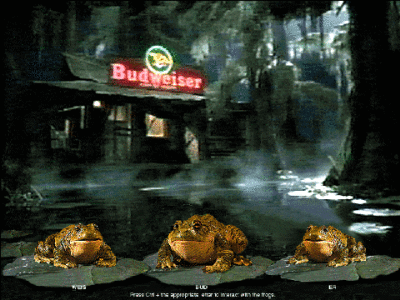In the early stages of any business, there are many items that simply can’t be purchased due to lacking funds. Copywriting is unfortunately often listed among these items.
 Can’t afford a pro copywriter but need some well-written content up on your site? Well, if you have the determination and the patience to experiment, there are a few key ingredients to writing great copy that anyone can follow.
Can’t afford a pro copywriter but need some well-written content up on your site? Well, if you have the determination and the patience to experiment, there are a few key ingredients to writing great copy that anyone can follow.
All it takes are basic grammatical concepts and some hard work behind the keyboard.
If you think you’re up for it, here are some great copywriting tips to tide you over until you can afford the real thing.
Think Headlines: If you don’t have a powerful headline, your article is already at a disadvantage. Be simple but effective, Tell the audience what the article is about and why the need to read it…but do it in less than 60 characters or so. Also, use numbers. The headline 12 Ways to Earn More Money Today is much more effective than Earn more Money Today!
Don’t Get Wordy: Let’s face it…attention spans today are a joke. This is why you need to write short sentences. More than that, you need to write articles. It seems that 350 words or so is the sweet spot. If you venture over 500 words and aren’t writing for an online magazine, your readers probably won’t make it all the way through your articles.
Be Active: Always remember that in writing, the subject of the sentence needs to be carrying out the actions…not the thing being acted upon. We want to see: “He kicked the chair across the room,” not “The chair, unsuspecting and innocent, was the recipient of a swift kick across the room.”
Keep it Simple: Don’t say “facilitate” if you mean “help.” Depending on your sort of brand, you should also never say “lacking any sort of merit” when you can say “it sucks.” Writing copy for a blog, even for your own business, is no time to pull out the thesaurus.
There are tons more of these sorts of tops lying all around the internet, most of which were written by copywriters that have earned their stripes. While the skills of a great copywriter are incredibly valuable, learning from the best is always a good option if finances are tight.









